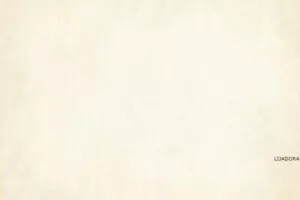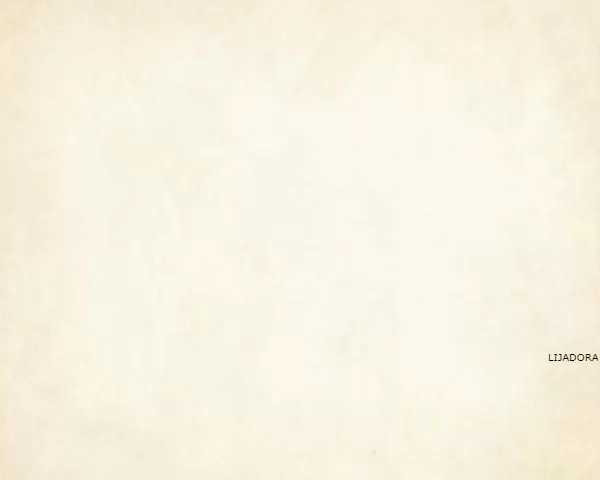Meaning of the Color Cream
The cream color is a pale yellowish color that is close to white which is composed of 100% red, 99.2% green and 81.6% blue. While in a CMYK color space, it is composed of 0% cyan, 0.8% magenta, 18.4% yellow and 0% black. It has a hue angle of 57.4 degrees, a saturation of 100%, and a lightness of 90.8%. Cream is the pastel color of yellow, just as pink is red. By mixing yellow and white, cream can be produced. The first registered use of cream as a color name in English was in 1590.
It is a sophisticated color with some of the warmth of brown and much of the freshness of white. Overall, it is a quiet color and can often evoke a sense of history. The cream takes its name from the dairy product produced naturally by grazing cows. To make the pale yellow tone, the white is mixed with a little yellow.
In art, the color cream is often used as a base for skin tones. Quiet and pleasant tone, the cream is neutral, calm and relaxing. Like other neutral colors, cream is extremely versatile, as it is often combined with other neutrals to achieve a sophisticated, elegant and conservative feel. It is also often combined with bright reds, greens or yellows for a more provocative and striking palette.
Cream Color Psychology
The color cream is usually associated with reverence and humility, in addition to offering warmth and comfort. It is a color that encourages new ideas. However, this very pale color can also indicate a lack of confidence and a need for reassurance.
Another characteristic is that it does not encourage individuality, with just a touch of yellow, cream, however, can support unique goals and encourages retreat and fusion rather than standing out and being proud. Careful use of the cream is advised.
People whose favorite color is cream often have competitive and athletic traits. They are people who do not like to lose and always remain cheerful. They are very confident and usually go far. They are careful with love and do not fall in love easily, although once they find it they do not let it go.
According to Eiseman, the color cream as a neutral color feels classic, reliable and timeless because it is associated with the durability of ancient buildings and monuments. If you are looking to promote the reliability or durability of a brand, both cream and the other neutral colors are ideal.
Color Cream in the Kitchen
The cream paint in the kitchen sets the stage for traditional and rustic decoration. A soft, sun-dyed cream glaze on the cabinets blends perfectly with a satin or eggshell cream on the walls and trim. The shade enhances the natural warmth of the wood: as much as on butcher block countertops and handmade cutting boards hung on the wall as art on wide plank floors.
Cream paint is the perfect foil for terracotta tile floors and features a Talavera tile splash guard. The only thing you can’t do in this kitchen is keep the appliances white. It is recommended to use white porcelain and shock glaze with soft cream. Also, it is necessary to replace the stove and refrigerator with brushed aluminum or a retro appliance in colored enamel.
Interior Cream Color Matching
Cream, a simple yellowish white, seems neutral enough to blend with almost any color, but some shades or hues enhance its subtle richness and warmth better than others. A room with two well-synchronized shades and perhaps a third color for emphasis is pleasing and aesthetic. Your options for combining cream colors depend primarily on the vibration you want to create within the space.
Pale or medium gray against cream produces a soothing effect. The coolness of a pure gray, free of a dark brown hue, at an equal or slightly stronger saturation level or cream-like color, works in a minimalist room or spa-like bathroom where relaxation is the goal.
Cream and lavender or pale purple can produce an attractive or ultra-feminine ambiance that is not for everyone. As a more rustic, earthy and gender-neutral combination, generously cover the space with a warm orange-brown cedar or cherry wood trim, reddish-brown cabinets and furniture.
Cream with pale green and medium green creates a similar color scheme. Use analogous colors, those that sit side by side on the color wheel, so that the room’s color palette blends in effortlessly. A darker slate, sapphire or navy blue or emerald green with cream creates a classic, more traditional look, and helps bring out the yellow in the cream.
Types or Variations of Cream Color
White Lead
An aged creamy white named after the original house painting pigment, lead carbonate, created when it is ground with raw linseed oil.
Chamois
Warm and vibrant neutral often used with stone and natural textiles.
Custard
Beautiful neutral brighter yellow – brings brightness and life to a scheme.
Aged Ivory
A beautifully attenuated version of a medium yellow – can be considered a stone color.
Neapolitan Yellow
It is a tone used mostly in artistic painting, whose variation can go from bright yellow to reddish yellow.
Objects and Things of Creamy Color
A tile, a sheet, a dress, a coloring, a curtain, a backpack, a piece of furniture, a cushion, a lamp, a cream, an envelope, a cloth, a cap, a door, a box, a bag, a glaze, a candle, a coat, an awning, a tie.
Number or Code of the Color Cream
- Hex code: #FFFDD0
- RGB code: 255, 253, 208
- CMYK code: 0, 1, 18, 0
- HSV Code: 57.4 °, 18.4, 100
Other Colors in ALPHAPEDIA
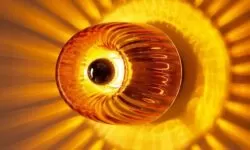
AMBER COLOR: Types, Psychology and Meaning
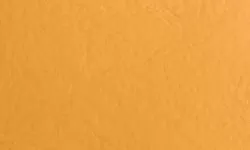
CAMEL COLOUR: Types, Psychology and Meaning
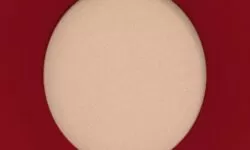
VANILLA COLOR: Types, Psychology and Meaning
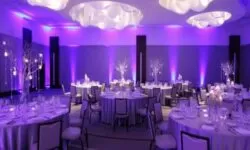
LAVENDER COLOR: Meaning and Psychology
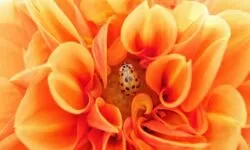
ORANGE COLOR: Types, Psychology and Meaning
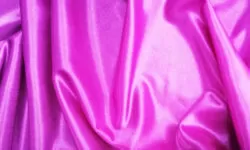
FUCHSIA COLOR: Psychology, Meaning, Types and Varieties
Other Topics of Interest in ALPHAPEDIA

FREE DOCTORATE IN MECHANICAL ENGINEERING

FREE PROFESSIONAL MAKEUP COURSE

HOTEL MANAGEMENT DEGREE

BASEBALL FIELD DIMENSIONS

FREE PATTERN CUTTING AND DRESSMAKING COURSE

FREE WATERCOLOR COURSE
Images of the Color Cream
